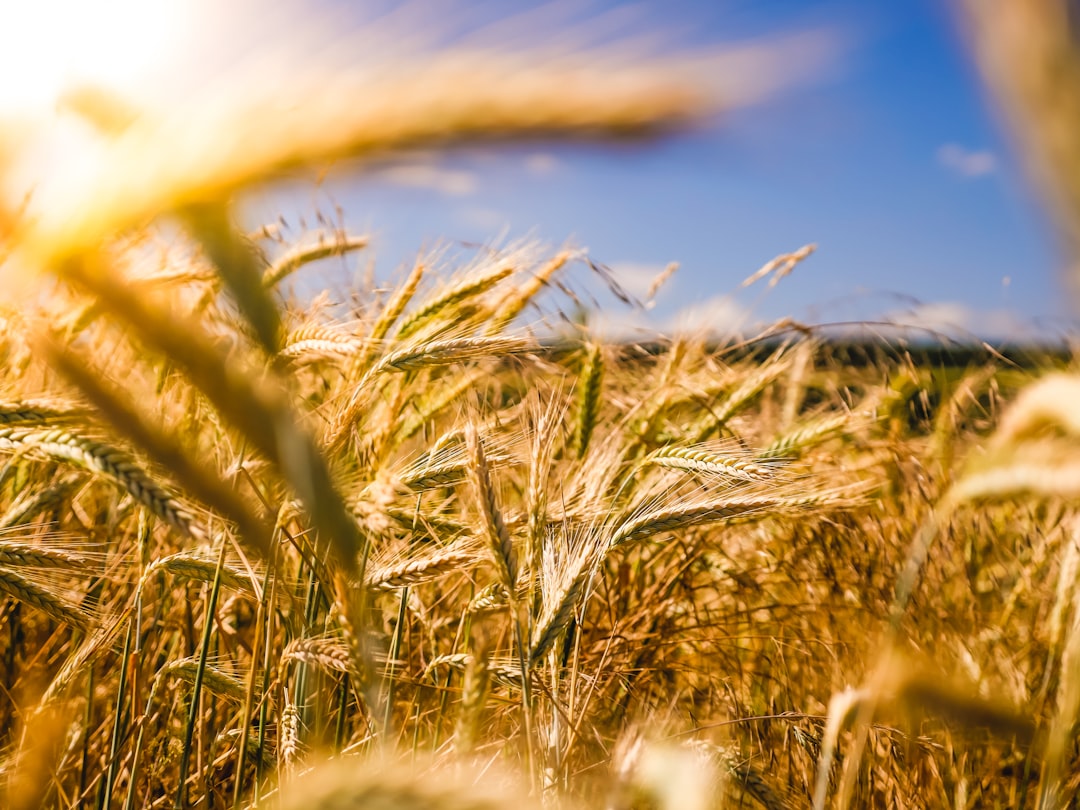CSIC Scientists Explore Applications of Quantum Computing to Agriculture
March 21, 2022

A team made up of CSIC researchers and the business group GMV is developing a pilot test that will use quantum artificial intelligence to predict agricultural crop yields. The trial, included in the public-private AgrarIA project, will process satellite images to form a crop yield predictor based on quantum machine learning (QML).
To carry out this proof of concept, a pre-processed public satellite image dataset will be used, a quantum machine learning-based predictor will be developed, and evaluation and interpretation of results will be performed. Likewise, the prediction model will also be extended by incorporating other data: weather, multi-spectral imaging, risk data, etc.
"In this process we will make comparisons between the predictions obtained by quantum models with traditional computational models. This will allow us to explore new methods for incorporating image information into quantum algorithms, as well as new quantum machine learning and quantum-inspired paradigms, while driving the advancement of artificial intelligence in agriculture," explain Ángela Ribeiro and Juan José García Ripoll, CSIC researchers.
In agriculture, we are looking for the constant development of tools that help to manage the crop and that can make predictions of the weather conditions that will influence the crop, in order to implement much more efficient and adapted systems.
What does the AgrarIA project consist of?
AgrarIA is a project led by the business group GMV and financed through the Artificial Intelligence R&D Missions Program of the State Secretariat of Digitalization and Artificial Intelligence (SEDIA) of the Ministry of Economic Affairs and Digital Transformation, corresponding to the funds of the Recovery, Resilience and Transformation Plan (Plan de Recuperación, Resiliencia y Transformación).
It is a project that seeks to investigate the applicability and viability of artificial intelligence, along with other technologies related to Industry 4.0, in real solutions to define new methods of agricultural production that will result in the Spanish agri-food sector being more technological, innovative, sustainable and committed to energy efficiency and the reduction of the carbon footprint in the future.
The consortium is made up of 24 entities including large companies, SMEs and research centers with the common interest of strengthening the productivity of the Spanish agri-food sector through R&D activities. The engineering and technology companies (1A Ingenieros, Agerpix, Codesian Software Tech, Celtiberian Solutions, Dronetools, Emergya Grupo, GMV, HelixNorth, Hispatec, I-Solagua, LB-Bagging, Secmotic and TEPRO); the producers and processors (Familia Torres and Florette Ibérica); the biotechnology companies (Sylentis and Kimitec) and the distributors (Casa Ametller of the Ametller Origen Group, Kivnon Logística and Primafrio), which have the support of two research organizations (CSIC and ITCL) and two public universities (University of Salamanca and the Department of Physical Geography and Regional Geographic Analysis of the University of Seville).
More information: https://www.gmv.com/es-es/comunicacion/prensa/notas-de-prensa/industria/un-consorcio-liderado-por-gmv-impulsa-la
Photo by Raphael Rychetsky on Unsplash



